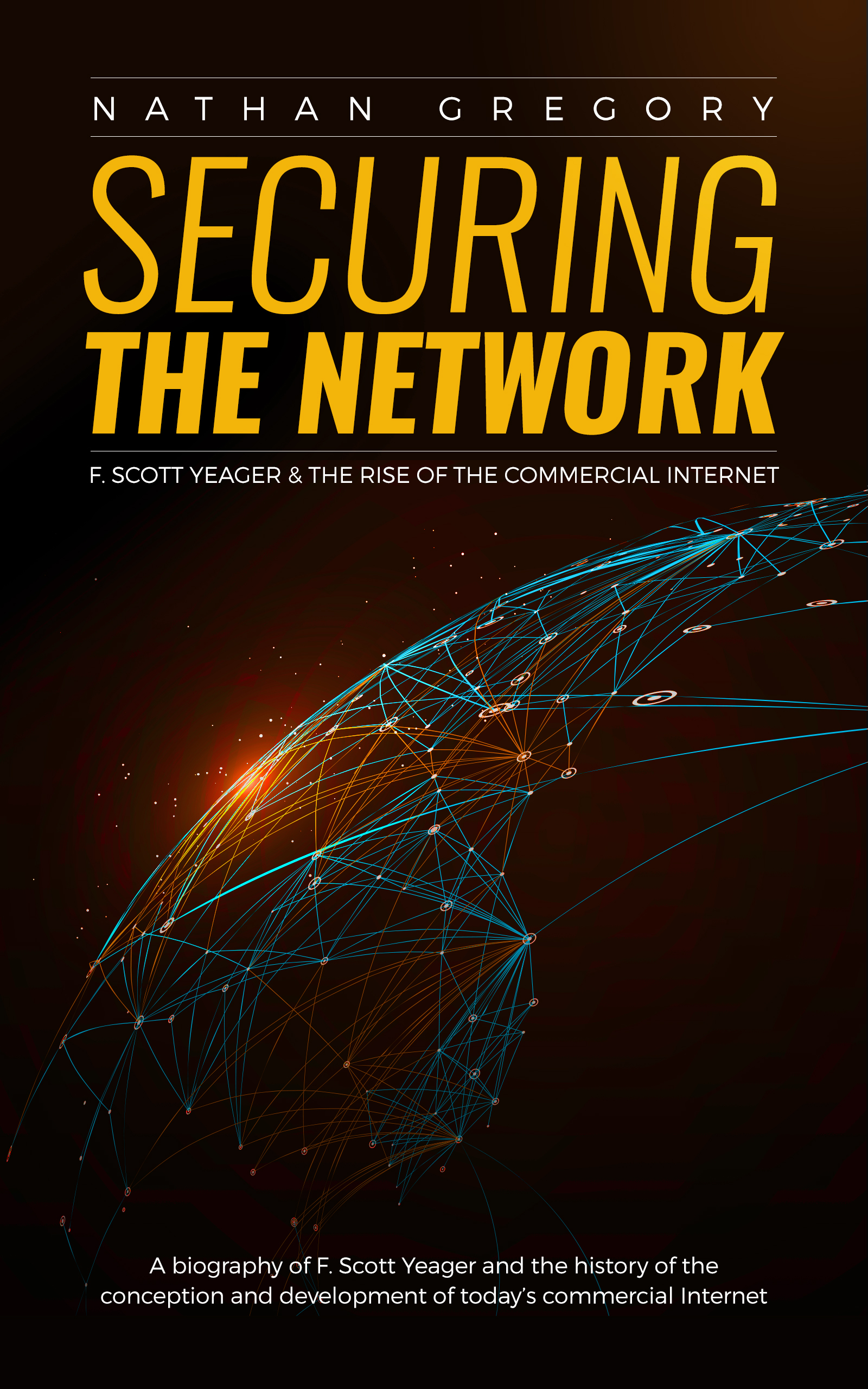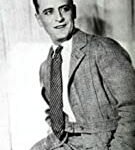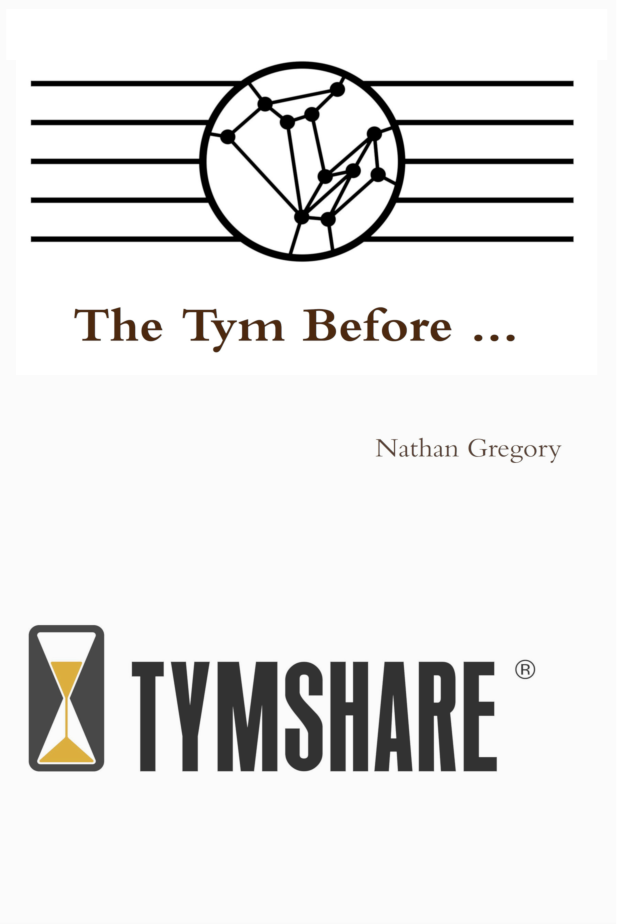
Securing the Network
Securing the Network
Commercial use of the Internet was a new and radical concept!
We know about ARPANET, the cold-war networking research initiative which grew out of the US Defense Dept reaction to Soviet nuclear weapons.
But ARPANET entered a world where wide-area commercial networks were already a reality. The period of the late 1960s thru the early 1970s was a period of wild experimentation and insane growth.
ARPANET was not public, nor was it commercial. It was a highly restricted, government-funded network playground for the government, military, and academia. It had a stringent “Acceptable Uses Policy (AUP)” which prohibited anything personal or commercial.
In 1991, the Internet was owned and operated by the National Science Foundation. It was an expensive toy, with no supporting customer revenue. We paid for it with our tax dollars, and the government subsidy was fading.
The NSF had a vague idea that the network might somehow transition to commercial operation, but no one was sure how. Many thought it would simply fade away without government funding.
Those in the Internet community believed that when IBM teamed with Merit and MCI to form a partnership, they would win a contract to be a new commercial Internet. They believed the new company would act as the government’s gatekeeper.
They bristled at this prospect!
This new Merit/IBM/MCI company was called Advanced Network and Services (ANS) and operated the Internet NOC in Ann Arbor, Michigan. MCI was pushing their MCI Mail product, and saw email as the killer app for the new Internet. Beyond email, commercialization of the Internet was a murky proposition. Ideas of streaming media, Internet store fronts, and massive cloud-based applications were a scant gleam in the eye of the most advanced visionary.
Meanwhile, there arose many commercial entities jockeying for a piece of the existing network pie. They called themselves ISPs, but the acronym was not the same as we know today. It stood for IP Services Providers, and they were looking to use Internet technologies to cannibalize the many dedicated corporate networks, as well as the pre-existing commercial public packet-switched networks with a less expensive alternative. Chief among these was UUNET, founded in 1987.
These ISPs profoundly disliked ANS! They considered ANS a threat to the openness of the Internet. This collection of scrappy upstart ISPs united for the formation of MAE-East and drove the creation of the long-haul Commercial Internet backbone with MFS Datanet.
From there, the Commercial Internet developed and grew, and became the Internet we know today. The book “Securing the Network” tells the story of how this happened and the roles of many people who made it happen.
Learn the forgotten side of Internet history. Buy Securing the Network today!
Author
Nathan Gregory

Nathan Gregory
Beyond my professional pursuits, my creative side finds expression in a series of captivating Science Fiction novels. Simultaneously, I am engaged in an extensive genealogical research project, fueled by a passion for unraveling the intricate threads of familial history, with the hope of one day distributing it to genealogical libraries.
Away from the digital landscape, I showcase my culinary skills by cooking a mean pot of chili, adding a dash of flavor to both my personal and professional journey.Master of Bytes, Crypto Enthusiast, Sci-Fi Scribe, and Occasionally Competent Chili Concocter
With a diverse background spanning electronic hardware, telecommunications, and Internet technologies, I am a seasoned technology generalist adept in both hardware and software disciplines across various fields. Currently immersed in the dynamic realm of crypto and identity management in my day job, I bring a wealth of experience to the cutting edge of technology.
Seen the Book Trailer?
Check Out the Reviews

John Doe
HufPo Reviewer
Lorem ipsum dolor sit amet, consectetur adipiscing elit. Ut elit tellus, luctus nec ullamcorper mattis, pulvinar dapibus leo.

John Doe
HufPo Reviewer
Lorem ipsum dolor sit amet, consectetur adipiscing elit. Ut elit tellus, luctus nec ullamcorper mattis, pulvinar dapibus leo.

John Doe
HufPo Reviewer
Lorem ipsum dolor sit amet, consectetur adipiscing elit. Ut elit tellus, luctus nec ullamcorper mattis, pulvinar dapibus leo.

John Doe
HufPo Reviewer
Lorem ipsum dolor sit amet, consectetur adipiscing elit. Ut elit tellus, luctus nec ullamcorper mattis, pulvinar dapibus leo.
Buy at Amazon
Only for 19.99$
Request a Review Copy
Are you a reviewer? Please click below to request a Review Copy. Include Your Name and Organization's URL. Thank you.
Have a Look at My Other Books

Chromosome Quest: Daring, Dinosaurs, and the Clockwork Apocalypse

Chromosome Conspiracy: The Aliens, The Agency, and the Dark Lensmen

Chromosome Warrior: PSI, Dark Energy, and the Alien Ragnarök

Undercover Alien: The Hat, The Alien, and the Quantum War

Cicada Serenade: Bloodlust and Desire Under Texas Stars (Chromosome Adventures Book 5)

The Tym Before ... The Untold Origins of Cloud Computing
